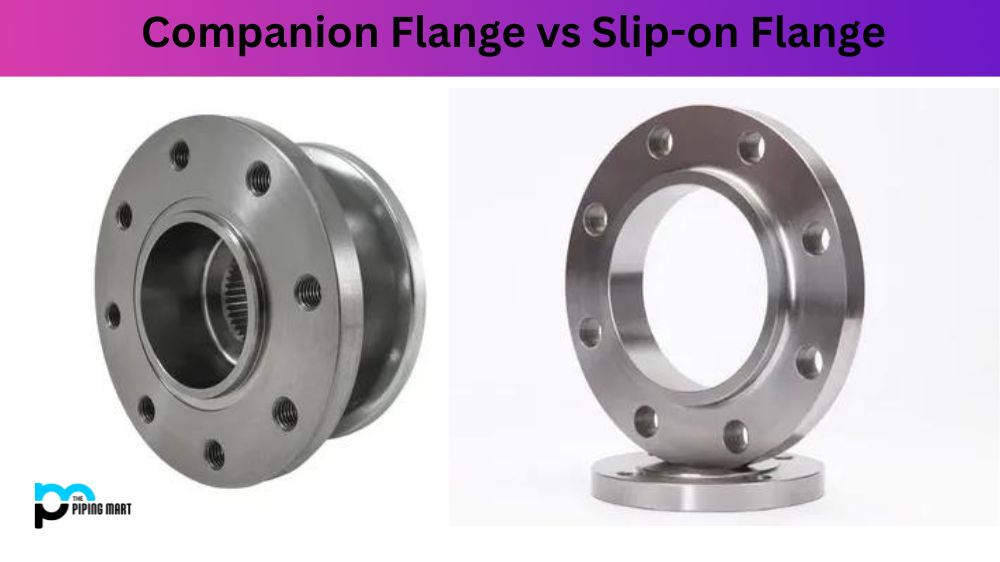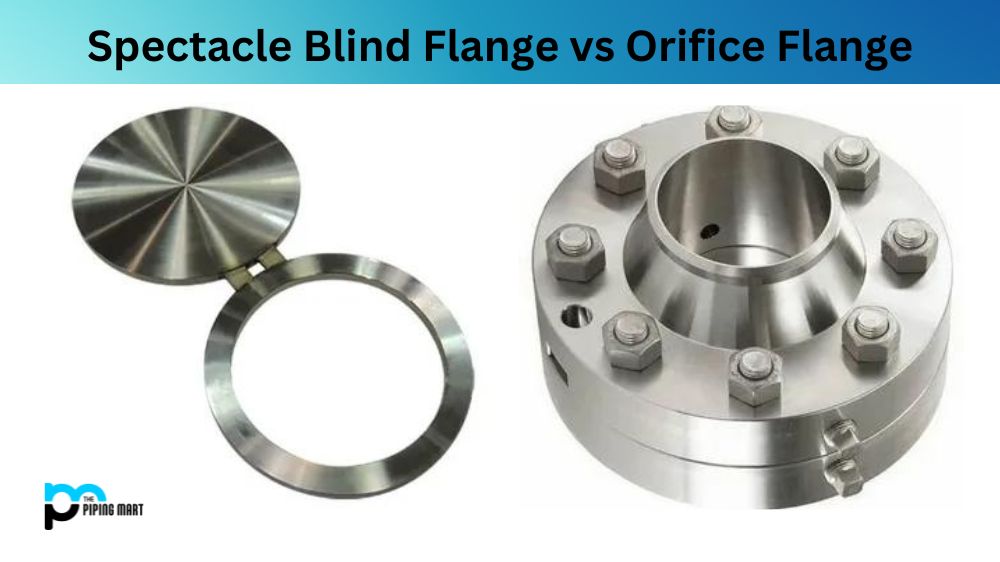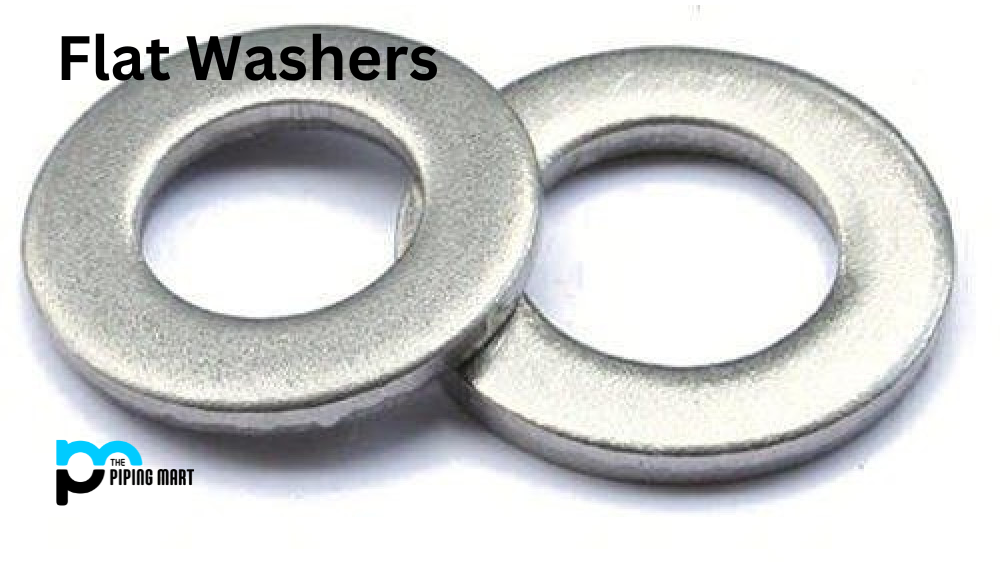Flanges are crucial in connecting pipes or other equipment that must be removed for maintenance. Two common flanges that are often compared are companion flanges and slip-on flanges. Despite both serving similar purposes, these two types differ in their design and application, and it is important to understand the differences to make informed decisions when selecting the appropriate flange for your project.
What is Companion Flanges?
Companion Flanges are two flanges with identical bolt circles but different diameters and higher/lower bolting pressures. They are commonly used to join two pipes of differing sizes, especially in larger piping systems in the chemical industry or when connecting a pump or valve to a pipe of different diameter. Additionally, they can be used for applications such as joining two pieces of equipment with different outlet connection sizes.
What is Slip-on Flanges?
Slip-on flanges are pipe flanges used to join two pipes together. They consist of a hub with an integral butt weld neck, and the counter face is machined flat. Installation requires that the pipe end be inserted into the slip-on flange before welding it in place for a secure connection. This method is simple and cost-effective compared to other types of flanges, such as weld-neck or threaded designs.
Difference Between Companion Flanges and Slip-on Flanges
Design Differences
The primary design difference between companion and slip-on flanges is how they attach to the piping. Companion flanges consist of a hub that fits over the pipe end and a flange with bolt holes that match the pattern of a mating flange with a similar bore. In contrast, slip-on flanges slip over the pipe end and are welded inside and outside to provide sufficient strength and prevent leakage.
Application Differences
The choice between companion and slip-on flanges depends on the specific application requirements. Companion flanges are ideal in applications where it is difficult to weld pipes or used in systems that require frequent dismantling, such as in industrial plants. They provide a more modular and flexible approach for piping systems that require regular maintenance. On the other hand, slip-on flanges offer excellent strength and leak prevention due to the welding, making them suitable for high-pressure and high-temperature applications.
Size Differences
Another difference between companion and slip-on flanges is their size ranges. Companion flanges typically come in smaller sizes and are suitable for low-pressure applications. They range from ½ inch to 24 inches. On the other hand, slip-on flanges come in larger sizes, ranging from ½ inch to 36 inches, and are used for high-pressure and high-temperature applications.
Cost Differences
Regarding cost, companion flanges are generally more expensive than slip-on flanges due to their design and the required extra machining. However, when it comes to maintenance costs, companion flanges can help keep the overall costs down, as they make it easier to replace or repair parts that need maintenance regularly.
Conclusion:
Flanges are critical components for connecting pipes and equipment in various applications. Although companion and slip-on flanges have similar functions, they differ in design, application, size, and cost. Therefore, an understanding of these differences is essential when choosing between them. By reviewing these differences, users can choose the appropriate flange that matches their application requirement, improves the safety of their system, and keeps their repair and maintenance costs down.
Rachana is a dedicated and ambitious young woman who has made a name for herself in the metal industry. From her earliest days in the industry, Rachana showed a natural talent for problem-solving and a keen eye for detail. In her free time, She enjoys reading up on the latest advancements in the industry, as well as exploring new ways to innovate and improve upon existing processes.




